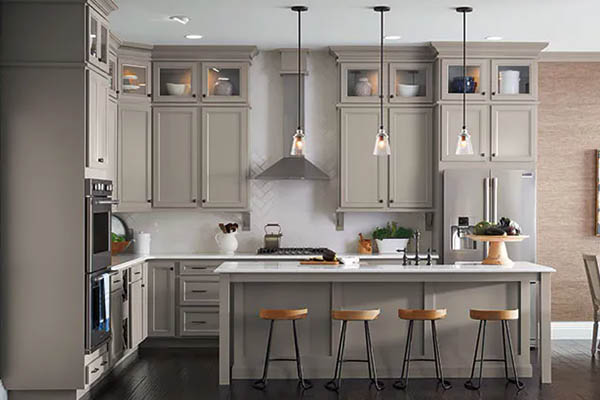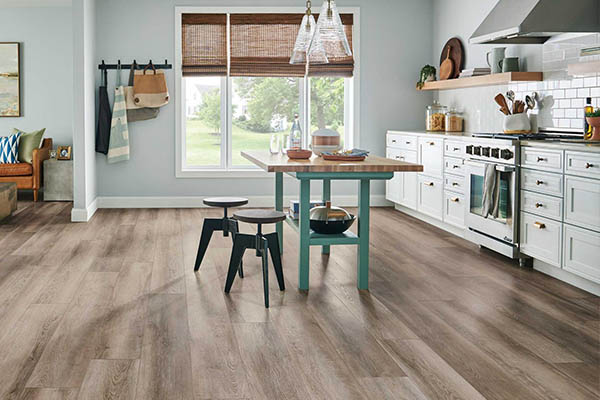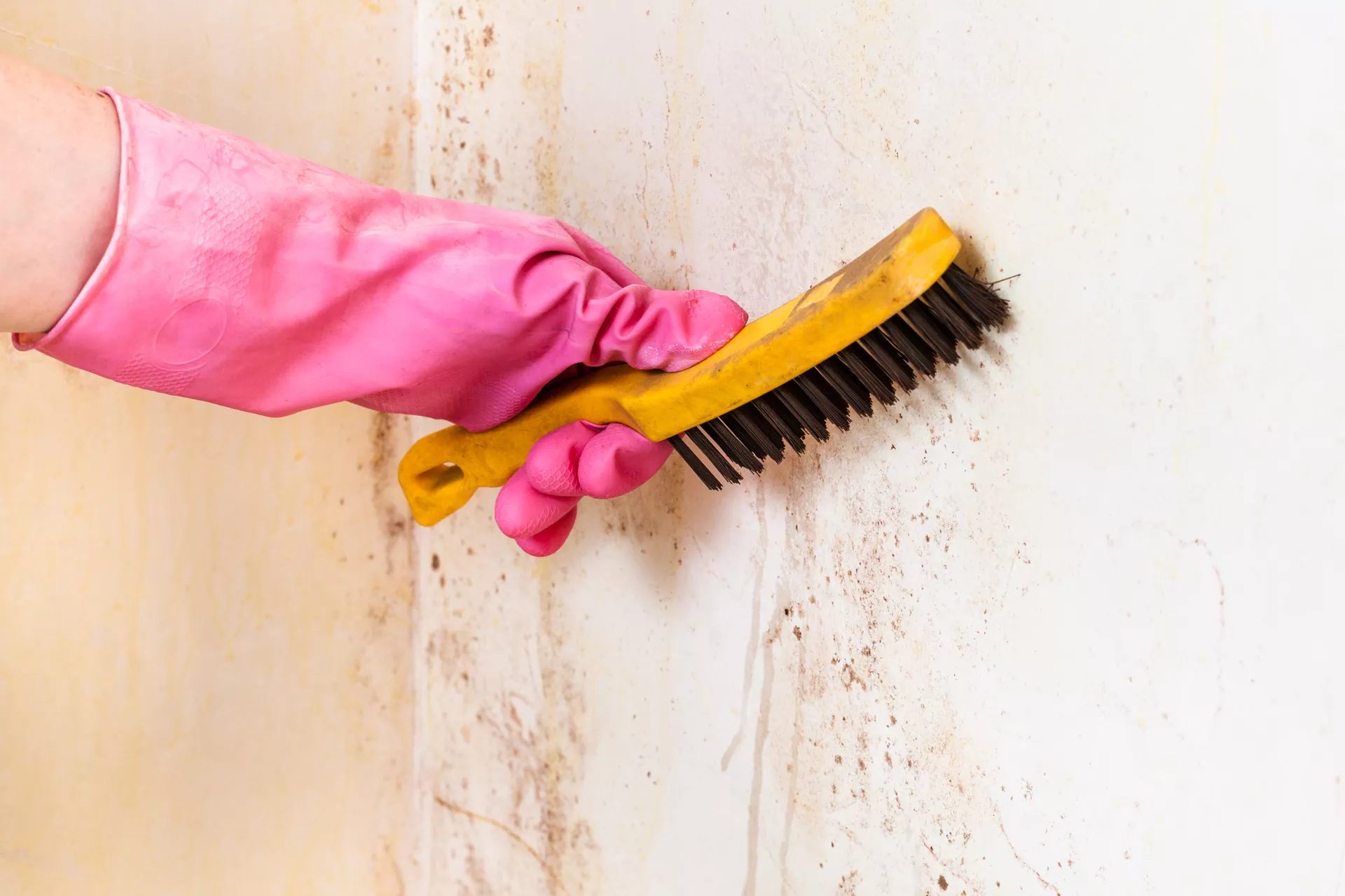Mold Inspection Guide

Books, walls, carpets, ceilings, or clothes, mold can grow absolutely anywhere if there is extra moisture — and this dreadful problem, which results in musty odors, allergies, and even structural changes, is an alarming situation for all homeowners. But how do you control the growth of mold in your home? The best solution is to carry out a regular mold inspection and test.
In this article, we’ve rounded up all the details you need to know about indoor mold and the ways to control it, including mold inspections, costs, and procedures.
What Is Mold?
Mold is a fungus that habitats on moisture. As it grows, it releases floating spores throughout the air, which are harmless until they land on a moist surface and start to grow and spread in your home, resulting in health issues and expensive repairs.
However, mold cannot thrive without moisture, so if you manage to keep your home dry and well-ventilated, you can reduce the risk of mold growth.
What Is Mold Inspection?
Some sort of mold content is present in every home. The purpose of a mold inspection is to determine whether or not the mold is harmful and what the cause behind its growth is (for example, if it indicates water damage, high condensation levels in the interior, excessive humidity, etc.).

Steps to DIY A Mold Inspection
While a mold inspection professional has specialized training and experience, you can always carry out the process on your own by following the steps listed below.
Look For Evidence
Mold typically appears as slightly patched, discolored, or fuzzy areas that increase in size with time. Most molds produce odors that are an indication of the beginning of the problem.
The best way to spot mold is to search for signs of warping or water staining or follow your nose to the source of the musty smell. It might also be necessary to check underneath and behind surfaces, such as wallpaper, carpets, walls, and cabinets.
Check For Structural Damage
Make sure to check in areas like crawl spaces, window sills, floor tiles, or any other spot that is prone to the combination of wood decay and water. But remember, not all mold is dangerous and damaging. Species like Ceratosystis and Ophiostoma, for example, are harmless and do not cause structural damage.
Check Ventilation
All ducted HVAC systems must be inspected for mold because the presence of mold spores in the airflow creators release and spread these spores rapidly throughout the atmosphere. When these spores land on something moist, a mold problem will start growing in your home.
Moisture-map The House
When scrutinizing the home for mold, there might be spots you’ve missed out on where the growth of mold has begun, but it is too small to be seen by the naked eye. A solution to this is to mark all moisture-rich areas and test them separately for mold.
Check Houseplants & Their Localized Surroundings
Since houseplants raise the humidity levels in their surroundings, they offer perfect conditions for mold growth. To control this, you can either use air purifiers to capture mold spores or install a dehumidifier.
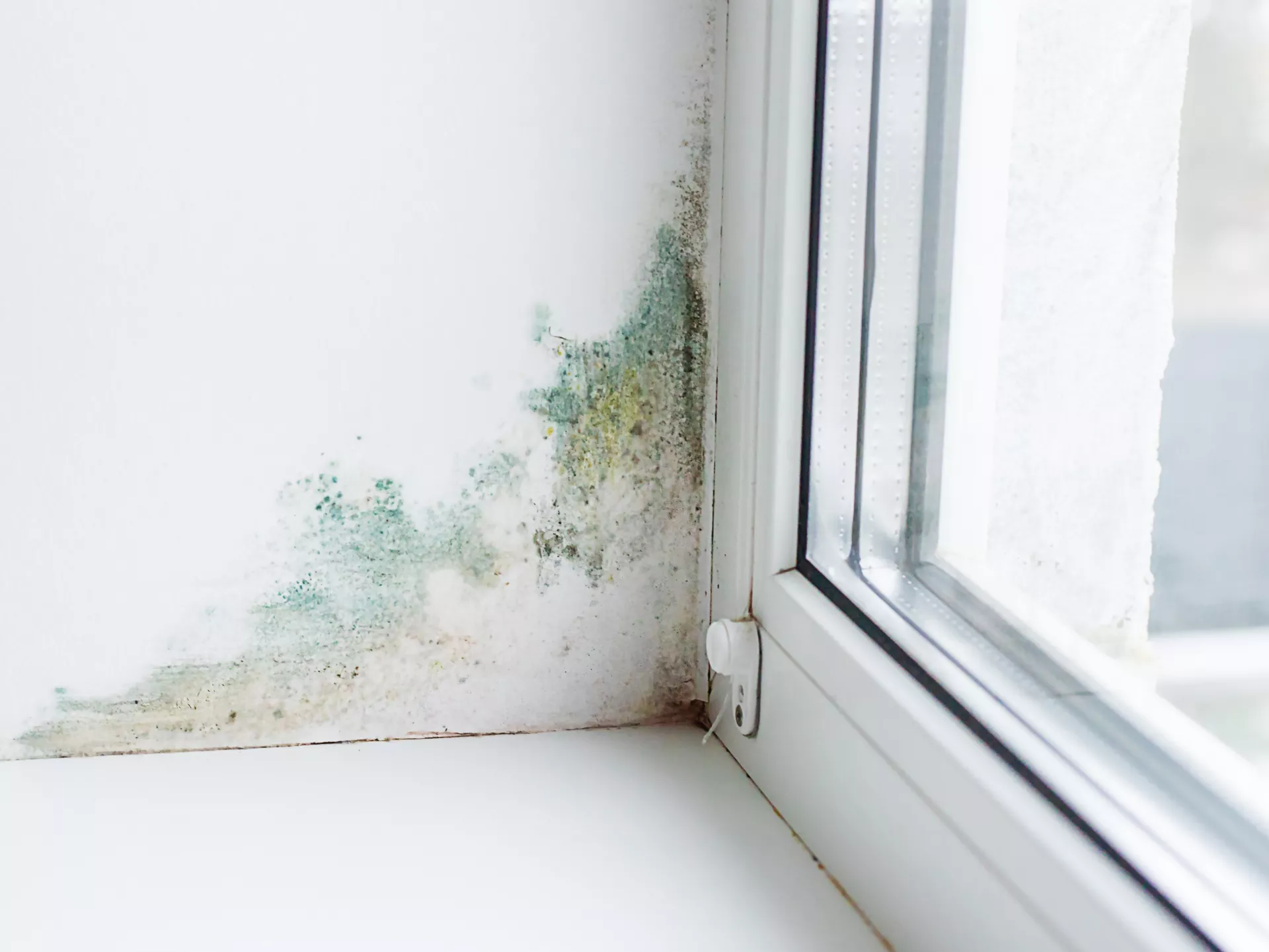
When To Inspect For Mold
To save yourself from dealing with the hassle of the heavy costs incurred by the damage that mold growth causes, make sure to immediately inspect for mold in the following situations:
- Facing symptoms. If you’ve been experiencing problems like sneezing, a runny nose, or itchy eyes in a specific building or room.
- After fixing a mold or water problem to verify that no residual mold growth is left.
- Before purchasing a property to double-check that there is no mold or moisture problem with the house you intend to buy.
- After a house has been left unoccupied. This is especially a problem in homes located in warmer climates, where high levels of humidity may cause mold growth.
- Water damage. If your roof leaks or the basement floods, you need to hire a mold inspector to check for any potential growth.
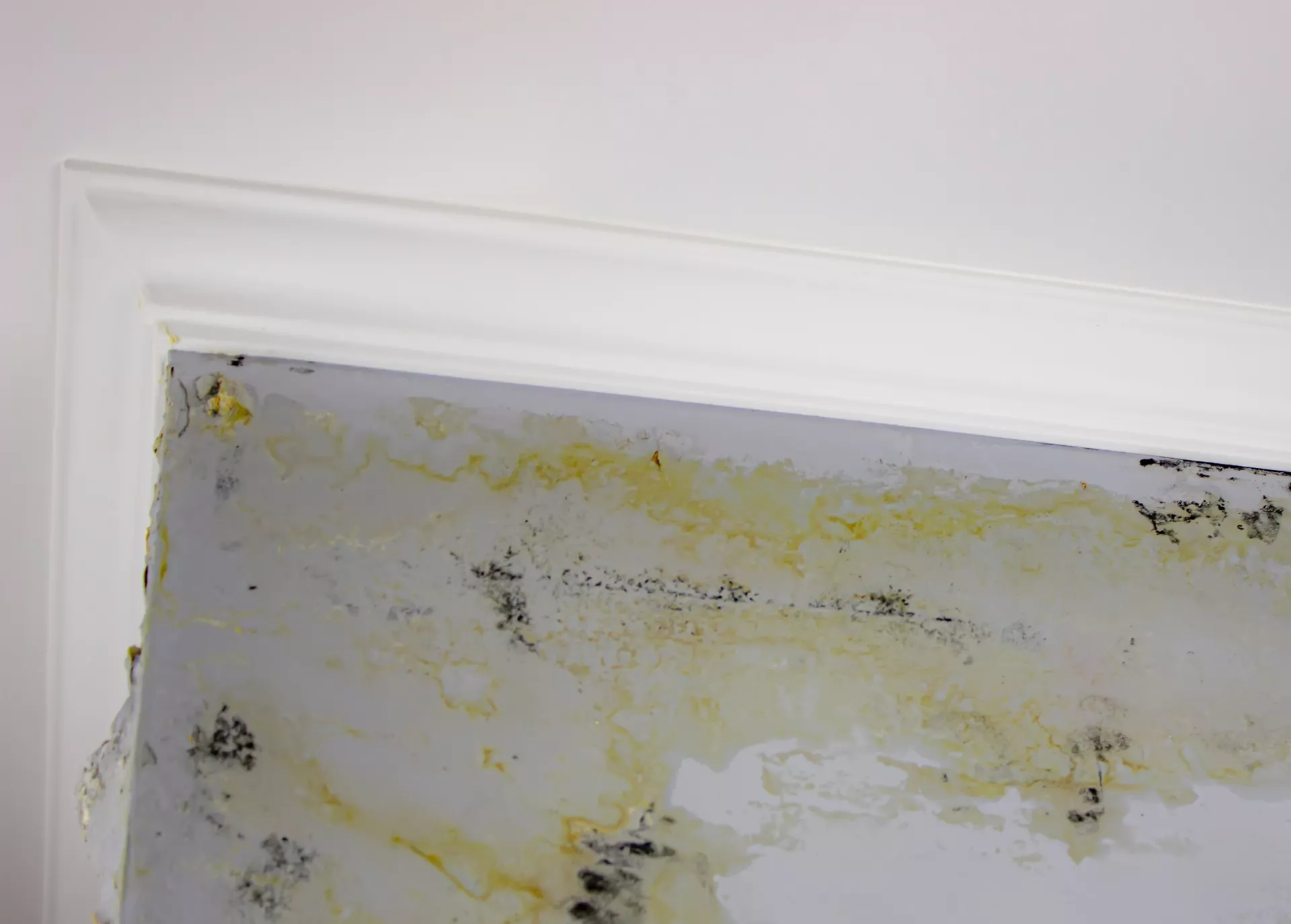
Cost of A Mold Inspection
The costs of a mold inspection vary with multiple factors, such as the size of the property, the number of mold samples, the extent of the mold inspection, etc. It can go as low as $300 and as high as $900, but instead of focusing on the cost, we recommend considering the level of inspection required according to the signs your house has been showing.
For example, if you feel that an effective test might need the destruction of parts like paneling and drywall, sign up for it without hesitation — after all, you’ll be saving yourself from the long-term expenses brought about by the damage of mold growth.
Finding The Right Mold Inspector
After spotting the first signs of mold growth in your home, the first thing you probably did was jump on Google and start searching for “the best mold inspection near me.” But remember, not every mold inspector will fit your requirements.
Therefore, it is important to dig deeper into aspects like their experience, whether or not they have a license, and what their estimated pricing is. You can then decide on the right mold specialist according to your budget and the extent of testing you’ll need.
The Process of A Mold Inspection
A mold inspection commonly involves the use of a bright flashlight and a few tools that are needed to access areas with restrictions, like removing grates to test HVAC ducts. Some mold inspections may also use a camera, and once the remediation has been completed, a moisture meter is used to test wet places.
The process begins with a comprehensive conversation between the mold specialist and the homeowner. The inspector asks various questions, such as where the growth of mold has been seen and if there has been any water damage or moisture problems in the past. If the mold has been growing in an inaccessible spot, the inspector will have to destruct a few features like paneling. If the mold s detected, the inspector will determine the cause and discuss an appropriate remediation plan with the homeowner.
Remediation Plan
The remediation plan of a home mold inspection begins with removing the source of moisture to prevent mold from regrowing in the future. This is followed by scrubbing and washing the hard surfaces to remove the existing mold and replacing soft surfaces like foam tiles and carpets. You can take up the task yourself, but if the damage has exceeded 10 square feet, it is recommended to call in a professional. Mold can be dangerous and disgusting to work with, especially if you have an underlying condition like asthma or allergies, so it is best to leave the job to someone with the right experience and cleaning gear.
Conclusion
Mold growth can undoubtedly become a nuisance that will not only create health issues for you and your family but also result in huge long-term expenses, including structural damages to the interior and furniture. So remember, as soon as you find any sign of mold growth, you should immediately look for a mold inspector to carry out professional mold testing and save you from all the frustration peering from the future!


